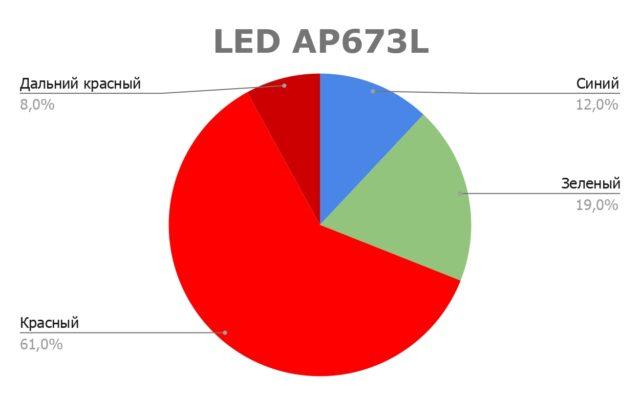There is a very popular opinion that the taste of vegetables is formed on the basis of the genetic characteristics of the plant variety and cannot be improved by artificial methods. This would be true if other growing parameters were normalized. However, this rarely happens in greenhouse vegetable farms.
For example, the Finnish company Valoya initiated the study, and our Russian manufacturer of city farms and phytolights “GoodGrow” translated it into Russian. In their experiment, the Finns compared the taste and other qualities (smell, color, appearance, solid density) of pairs of traditional crops (tomatoes, lettuce, arugula and basil) grown under different artificial lighting. The study used different spectra and types of lighting, but we will focus on two - these are HPS (sodium arc lamps) and LED AP673L (Blue - 12%, Green - 19%, Red - 61%, Far Red - 8%).
This study examined postharvest ripening of tomatoes under different light treatments. Raw tomatoes developed a red coloration with all light treatments, but the greatest redness (lycopene content) was achieved with far-red LEDs.
The best coloring was obtained with a higher ratio of red to far-red in the spectrum (phytolamps AP673L).In addition, the firmness of tomatoes was higher when using the above spectrum. This same spectrum showed an increase in antioxidant content in basil, which protects the plant itself from fungal pathogens such as powdery mildew. All this can be considered an improvement in quality caused by the correct choice of spectrum.
During internal testing at Valoya's factories, many interesting observations have been accumulated regarding other quality improvements brought about by different spectra such as AP673L. For example, the shelf life of lettuce is increased due to the higher dry matter content of leafy greens. When a plant has more fiber and less water, food stays fresh longer because it takes longer to dry.
The total amount of phenolics is related to the taste and smell of the vegetable, and it also increases with a finely balanced light spectrum. The taste of vegetables is, of course, more difficult to measure since everyone's tastes are different, but this was also done in Valoya's internal tests, where taste scores were given in a blind test. All results showed that photobiological light not only increased yield, but also improved the quality and taste of vegetables.










